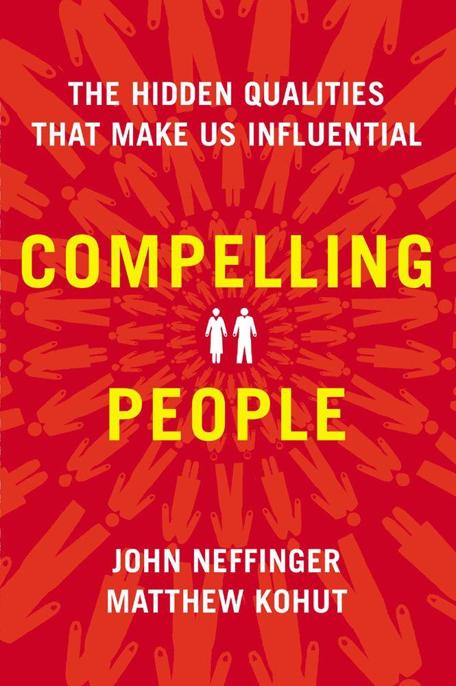
Compelling People
The Hidden Qualities That Make Us Influential
کتاب های مرتبط
- اطلاعات
- نقد و بررسی
- دیدگاه کاربران
نقد و بررسی

March 4, 2013
When people look at us, what are they seeing? Most of us don’t realize what signals we’re sending, or how, and on what, people are judging us. Neffinger and Kohut, communications strategists and presentation coaches who met writing speeches and editing articles for Harvard faculty, posit that initial character judgments are based on two traits: strength and warmth. As they write, “We live most fully when we cultivate both in our lives, when we balance a high degree of individual capability with an unflagging regard for the needs and interests of others.” Strength is the Ayn Randian show of will and power, and warmth is the Beatles-esque emanation of love and charm. The trick is in figuring out when to project which, and in what balance. The authors address the elements that affect how we make judgments, including gender, age, race, sexual orientation, posture and body language, style, leadership qualities, and workplace behavior. While their points are arguably true, the meandering, storytelling tone (it’s notable that there’s an epilogue, rather than a conclusion) doesn’t do their theory any favors. They’ve stretched an article’s worth of material over a full book. Agent: Melissa Flashman, Trident Media.

June 15, 2013
The principals of a communications firm reveal the strategies they use to coach corporate and political clients. Neffinger and Kohut aim to help people become aware of the ways that they communicate nonverbally, through tone of voice and posture, and improve their ability to read the body language of others. There is no inherent contradiction in simultaneously projecting warmth and strength, they argue. Compelling individuals such as Oprah Winfrey, Bill Clinton and the Dalai Lama project an air of knowing what they are doing and having other peoples' best interests at heart; as a result, "we trust them and find them persuasive." Refreshingly, the authors recognize these as fundamental issues of character and emphatically reject any attempt to fake them. They do not advocate behavior modification and gimmicks to foster self-affirmation. Instead, they look to models such as Martin Luther King to reinforce their message, quoting his 1967 comment: "One of the great problems of history is that the concepts of love and power have usually been contrasted as opposites...power without love is reckless and abusive...love without power is sentimental and anemic." By consciously maintaining "a level brow, a focused gaze and a low vocal pitch," leaning in toward a person or maintaining distance, we give substance to the image we hope to project. That said, the authors warn that nonverbal cues cannot compensate for deceitful aims. On the other hand, adopting good posture and greeting the day with a smile can not only evoke a positive response in others, but also elevate the mood of the smiler. This contention, like others in this well-researched book, is backed up by citations from psychologists and other authorities. An attractive, nuanced addition to the self-help shelf.
COPYRIGHT(2013) Kirkus Reviews, ALL RIGHTS RESERVED.

























دیدگاه کاربران